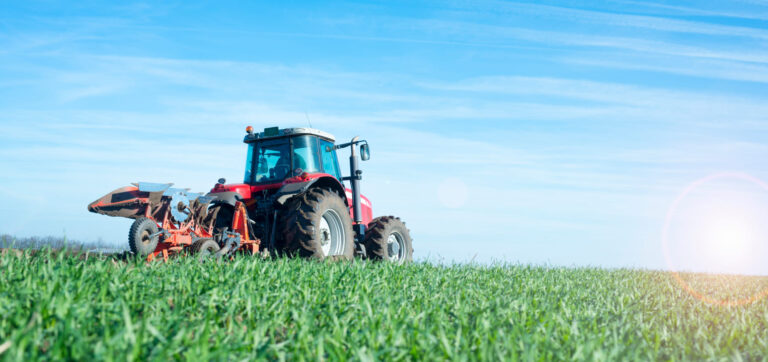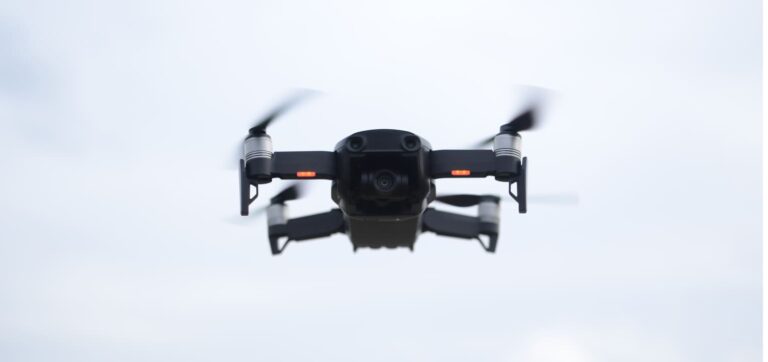The agricultural sector faces unprecedented challenges: Erratic weather makes it harder to consistently achieve high yields, yet growing demand for sustainable produce discourages fertilizer and pesticide use. The investments needed to adapt to this dynamic cut into agricultural businesses’ already modest margins, which puts many smaller operations in a tight spot.
Agribusiness technology gives farmers more elbow room by digitizing and streamlining many parts of their business, and by enabling data-driven approaches. As modern agritech is mainly software-driven, the upfront and running cost is often low. This makes these technologies the cornerstones of a future-proof business model.
Combining the traditional with the cutting-edge
Today’s agricultural businesses can not only leverage advances in technology, but also rediscover traditional farming practices. The combination helps them increase their operation’s sustainability and their yields at the same time.
Some of those practices, like crop rotation, are relatively easy to implement. Others, like agroforestry and permaculture, require intensive planning and a willingness to make deep operational changes.
Thankfully, this is now more achievable than ever: Agricultural technology increases efficiency and yields by simplifying, accelerating, and even automating essential workflows:
- Drones equipped with high-resolution cameras quickly and efficiently survey large tracts of agricultural land. They can detect even the tiniest anomalies that indicate plant disease or poor soil.
- Water demand monitoring enables precision irrigation, minimizing water use.
- Soil analysis helps farmers choose the optimal tillage type.
- Satellite imaging provides key data for field observation and crop monitoring software.
Agritech doesn’t always involve drones, sensor networks, or investments into interconnected IT systems, however. Even the right smartphone app can go a long way in streamlining workflows in agriculture.
For example, using a mobile scanning app on a smartphone or tablet allows farmers to read barcodes wherever they are. By combining it with a well-thought-out barcode labeling system, they can use such an app to improve their yield monitoring, asset management, and supply chain operations.
Let’s explore these three applications in more depth.
Improving agricultural efficiency with a mobile scanning app
Barcode-assisted yield monitoring
Sustainable agricultural practices depend on accurately tracking the yield of individual plots. Barcoding can simplify this often arduous task.
Let’s take vegetable farming as an example: As produce is harvested, every crate is labeled with a unique barcode. This allows the farm to link it to the specific plot it came from, and so to easily identify high- and low-performing soil areas.
Over time, this yield mapping gives farmers detailed insights into the soil health of each particular plot. Other data, such as lab results or precipitation, can also be tied to the plot ID. In this way, farmers gain greater visibility into the factors affecting yield – from soil richness and water distribution to the impact of targeted fertilizer application.
Accurate yield monitoring thus not only helps agribusinesses to rectify soil health issues, but also to build more sustainable, informed farming practices overall.
Asset management
Effective asset management is critical in agriculture and its often harsh conditions. To prevent undue wear and tear, farmers need a method to track each machine’s usage and condition in near-real time.
Barcoding and mobile scanning provide such a method. Once every agricultural machine and tool is labeled with unique barcodes, farmers and workers can record data about them with a simple scan.
The collected information can be used to closely monitor the machines’ operational status and enables proactive maintenance. This, in turn, reduces downtime and ensures optimal performance.
Barcode scanning is a powerful tool to reduce administrative overhead and optimize asset usage. In this way, it contributes to an agribusiness’ overall operational resilience.
Supply chain optimization
Another key role of barcode scanning in agriculture is as a tool for supply chain optimization. With barcode technology, every stage of the agricultural supply chain can be integrated seamlessly – from harvest to retail.
Agricultural products tagged with unique barcodes can easily be tracked throughout their journey. Whether at the packaging stage, during transport, or in storage, barcode scanning provides critical data in real time at every step.
Farmers, distributors, and retailers alike benefit from the enhanced supply chain visibility: All stakeholders can easily access and monitor key product information such as its origin, quality, handling, or location.
By providing accurate, current data, barcode scanning supports efficiency gains and better decision-making. As a basis for supply chain optimization, it contributes to a more responsive and agile agricultural ecosystem.
Scanbot SDK: your trusted partner in streamlining your agribusiness
The Scanbot Barcode Scanner SDK is the perfect fit for agricultural businesses for several reasons:
- 100% offline: The SDK operates without an internet connection, making it ready to use anywhere and anytime, even in remote settings.
- Flat annual fee: Regardless of the scale of operations, the flat fee is predictable and cost-effective.
- Accurate scanning: The Scanbot SDK excels at reading damaged or worn barcodes, even in low-light conditions. This ensures reliable data capture in any environment.
The Scanbot Barcode Scanner SDK is a powerful tool for agricultural businesses seeking to enhance efficiency, accuracy, and overall productivity.
By enabling farmers to seamlessly integrate key aspects of their operations, barcode scanning technology is making a significant contribution to the advancement of the industry.
Are you interested in trying out our solution? Get a free 7-day trial license now!







